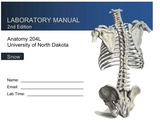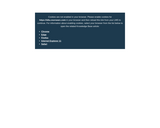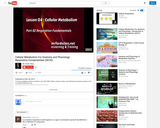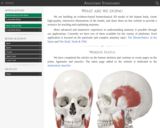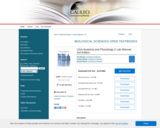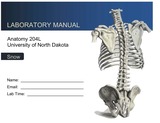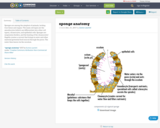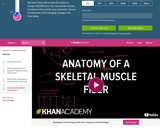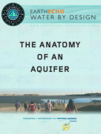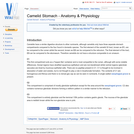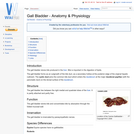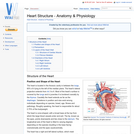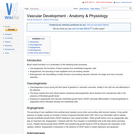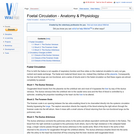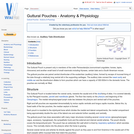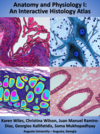
This Anatomy and Physiology I Histology Atlas helps students better understand the complex discipline of tissue histology with the use of interactive H5P activities. Students can reveal or hide illustration overlays drawn to help students visualize cell- and tissue-level structures.
This open access histology atlas was made possible through generous grant funding by The University System of Georgia through the Affordable Learning Georgia initiative: https://www.affordablelearninggeorgia.org/.
- Subject:
- Anatomy/Physiology
- Applied Science
- Health, Medicine and Nursing
- Life Science
- Material Type:
- Diagram/Illustration
- Interactive
- Textbook
- Author:
- Christina Wilson
- Georgios Kallifatidis
- Juan Manuel Ramiro-Diaz
- Karen Wiles
- Soma Mukhopadhyay
- Date Added:
- 01/31/2024
